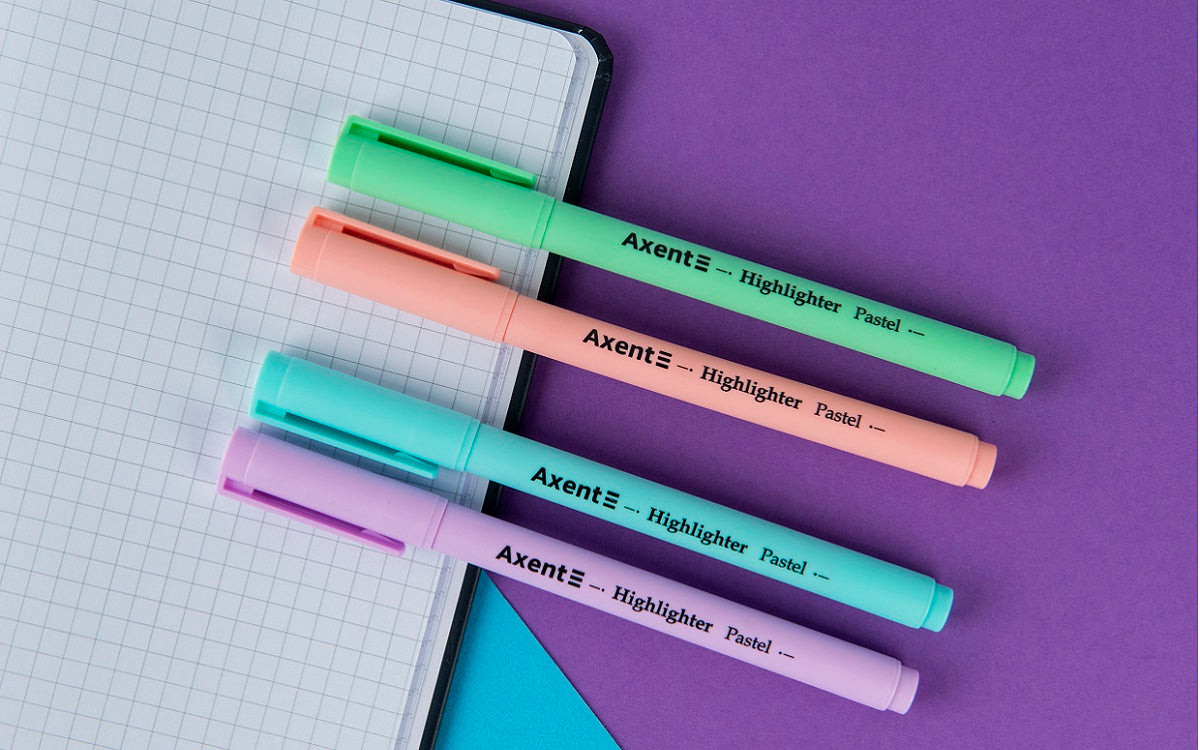Copier paper appeared in the early 19th century and served as a consumable for the first typewriters designed for the blind. Documents created with such machines have survived to this day. The first copy paper used printing ink or soot as a dye, so the ink layer smeared too much and damaged the surrounding surfaces. Nowadays, the copier has survived in an improved version. A special technology allows you to make copies of handwritten and printed texts or drawings that can be stored for decades without losing their brightness.
Using copy paper
With the development of copying and digital technologies, copy paper has become less common, yet it is still in demand in some areas:
- for quickly obtaining a second copy of strictly accountable documents (for example, in banks when filling in data for obtaining plastic cards), when manually filling out forms, applications, invoices;
- for drawing to transfer images to paper.
How to use copy paper
A sheet of copy paper is placed between two sheets of plain paper with the inked side down. When you write (print), pressure is applied to the paper in certain areas, and ink particles on the copy paper are transferred to the lower sheet.
Axent copy paper has an A4 size and a density of 16 g/m2. Black copy paper is more commonly used for typing and drawing, and blue copy paper is more commonly used for handwriting.









